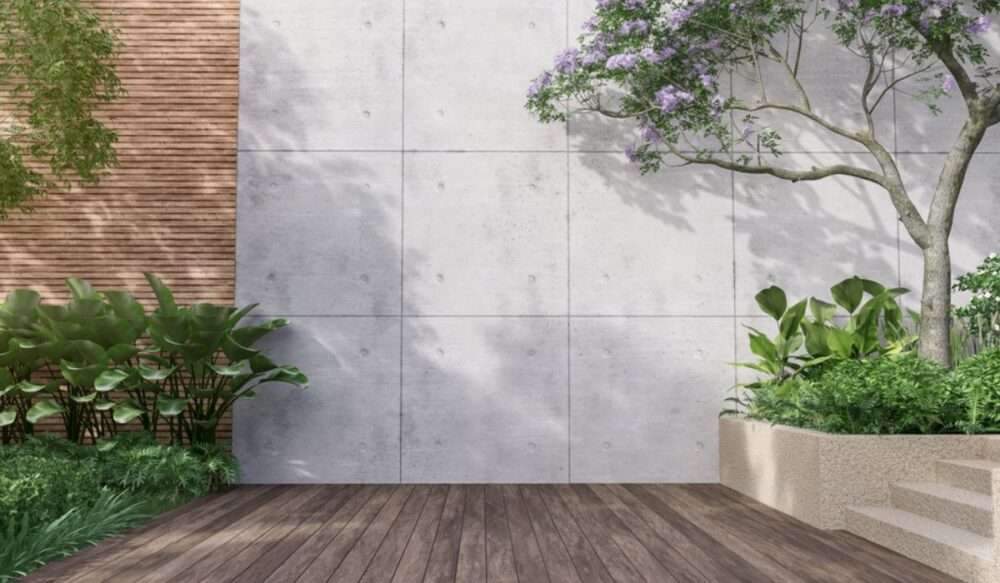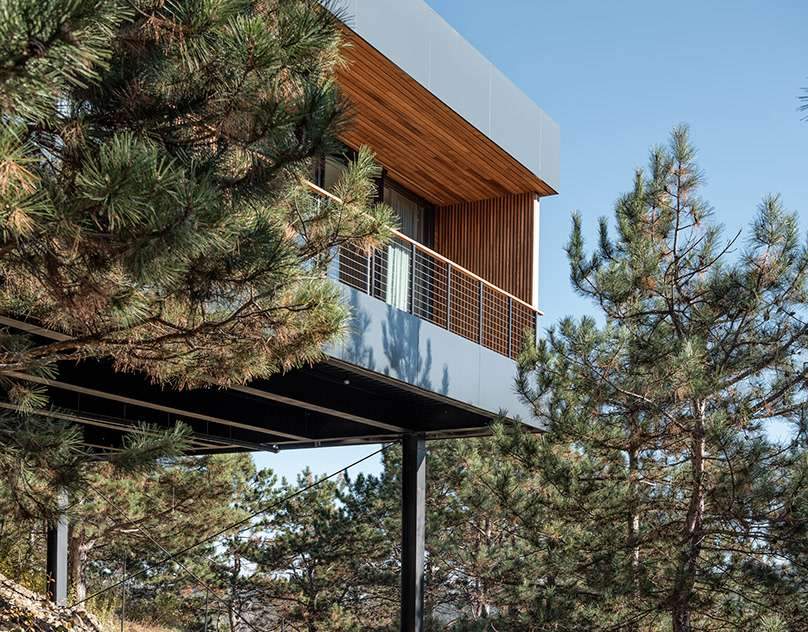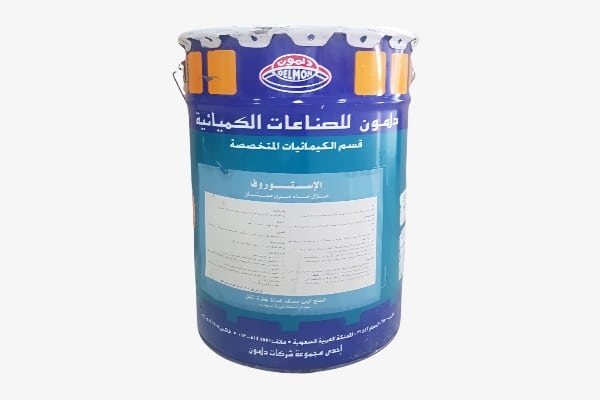Materials used to build the walls,
How you build your walls ultimately depends on what you want your home to look like, as some materials make for a futuristic feature, while others provide a classic homey feel.
Aside from aesthetics, there are a number of other factors to consider that will affect the durability and cost-effectiveness of your walls.
the soil
While the walls may not be in direct contact with the ground, their dimensions and weight must be considered before foundations are constructed.

temperature and climate
If you are building on the coast, you may need to consider high winds, or you may live in an area with a lot of rain.
Depending on which way your home faces, you may need to consider a different material for each facade.
Work requirements
Construction complexity is the main driver of cost, and the materials you use, added to the access required to work on your site, need to be accounted for early in construction.
environmental issues
Different materials carry different levels of energy efficiency, and while additional layers of insulation can be added to any material, it’s a good idea to use something that’s inherently environmentally friendly.

Bricks, blocks and other ways to build a wall
Here are the pros and cons of the most popular wall material choices, many of which can be combined to build the perfect home.
Concrete blocks – available in the shape and size to suit your project, durable and low maintenance with relatively low construction complexity.
Poured Concrete – It can be the most stable wall design, if properly designed and constructed.
It can be prone to cracking if not treated effectively and will require a great deal of waterproofing.
Brick – Because of its durability, brick is often the first choice for wall construction.
They will survive almost any climate and are fire repellent, they also need a sturdy foundation and prices can be high with the manual labor involved in building.
Limestone – More aesthetically pleasing than the alternatives,
as it is a natural, long-lasting material that is available in many varieties.
In addition to being fire and impact resistant, however,
they come at a much higher cost per block.
Stone veneer – light in weight, providing plenty of flexibility in height and thickness,
this will provide a unique appearance to the building and age naturally.
While not as expensive as natural stone,
it is still more affordable than the alternatives.
Wood – the most traditional material, but it is rarely used these days in mainstream construction projects.
They are cheap, but they are very susceptible to moisture,
and are unlikely to withstand harsh wind conditions.
Steel Sheets – If you are not in a corrosion prone area and are not put off by the cost of materials and installation, steel can give a building a great look while being highly fire resistant.

Insulated panels – an environmentally friendly, robust and energy-efficient wall construction option, f
It is made by sandwiching an insulating foam layer of materials such as polystyrene
or polyurethane between two rigid surfaces made of laminate, plywood, or cement.
Its size and design can be customized according to your needs and preferences.
Insulated Vinyl – Although it’s not something you can build an actual wall from,
it is the cheapest material for wall cladding.
It’s also light and durable with easy installation and an endless number of colors to choose from.
While all of the above options are perfectly legitimate,
precast concrete ticks most boxes as an ideal wall material.
Concrete is a natural material that can be recycled,
making it a suitable option for eco-friendly homes.
With waste treated during the manufacturing process,
it is more environmentally friendly than concrete poured on site.
Manufactured with a higher thermal mass, the walls will absorb and store temperatures at a more constant rate.
And because much of the work is done upfront, construction is slower,
eliminating the need for multiple craftsmen.
Once it is in place.
Very little maintenance is required over its lifetime,
unlike most other materials, precast concrete increases in strength over time
It all depends on the type of building you’re creating,
but the two most important things to consider are water damage resistance and insulation.
For more architectural news
The use of glass and mirrors in interior design








